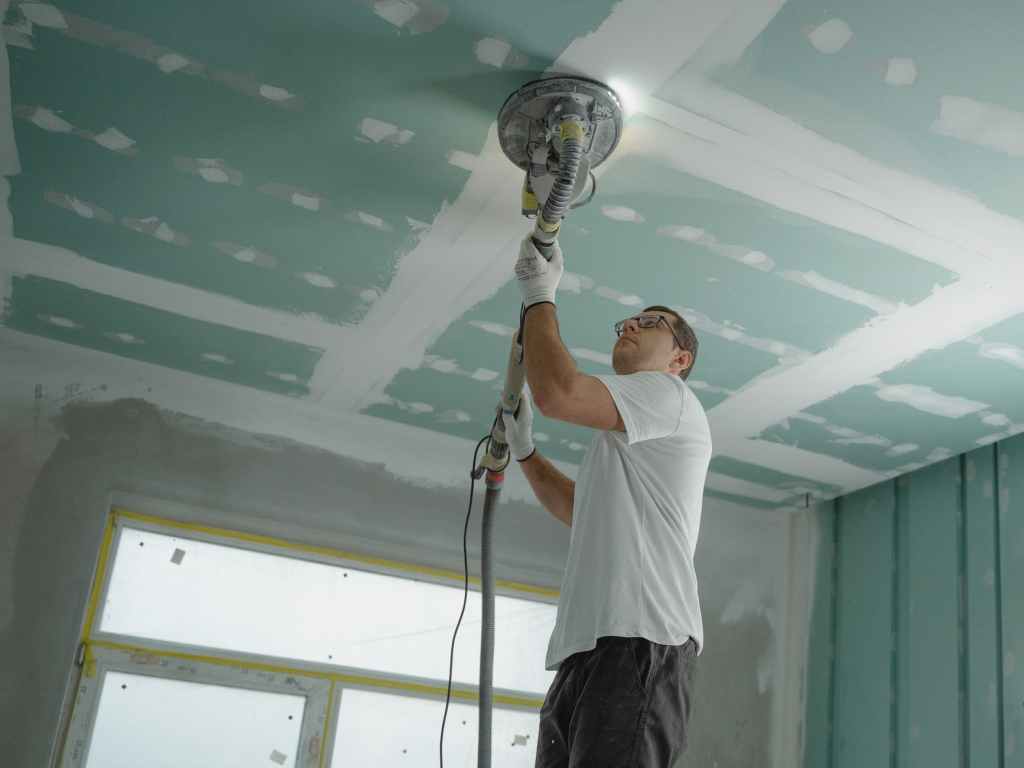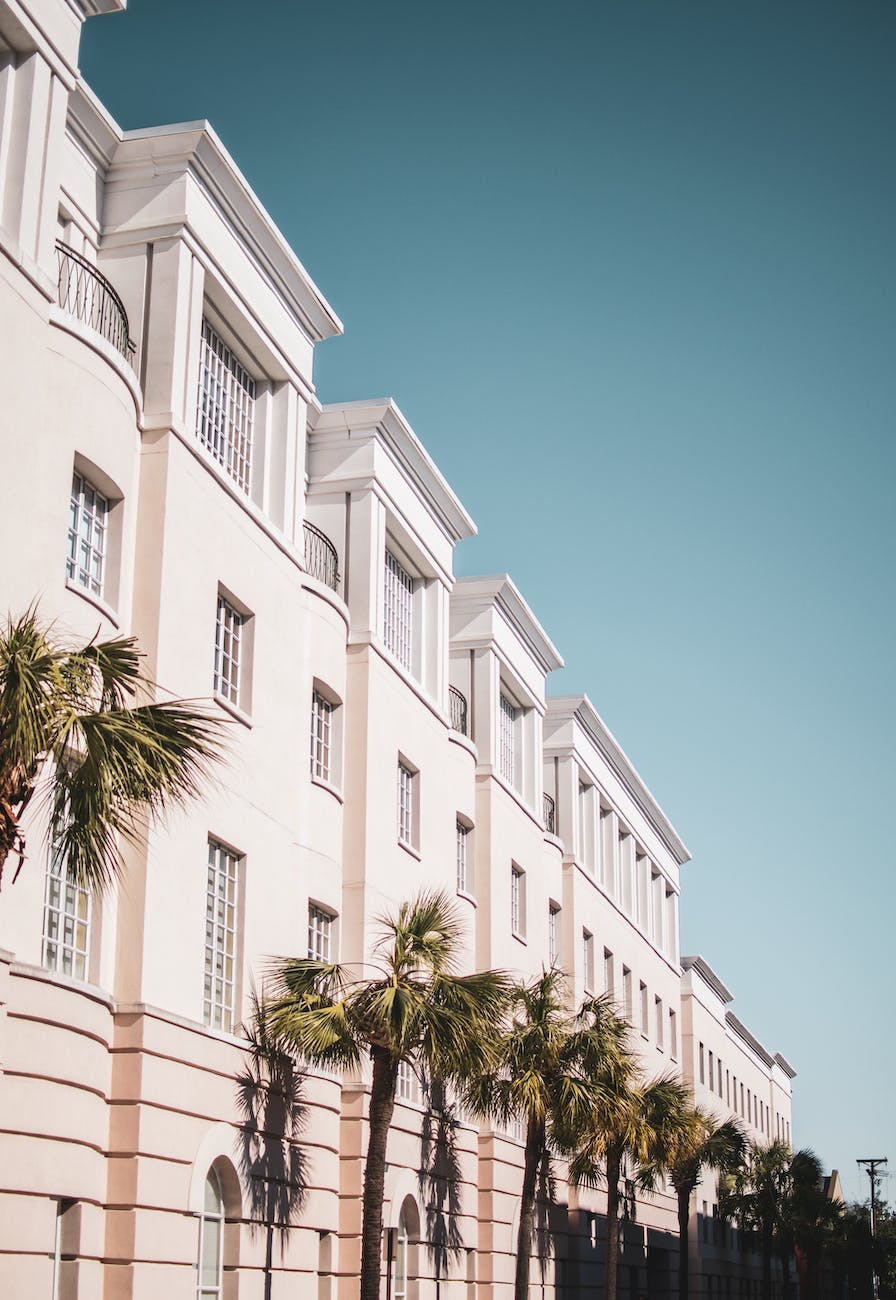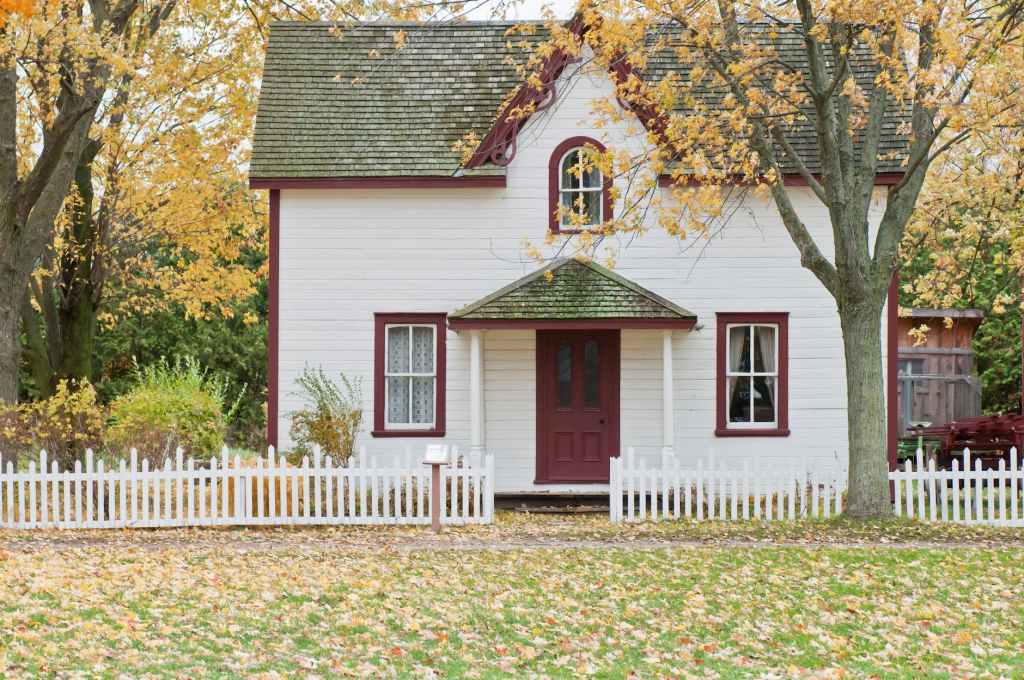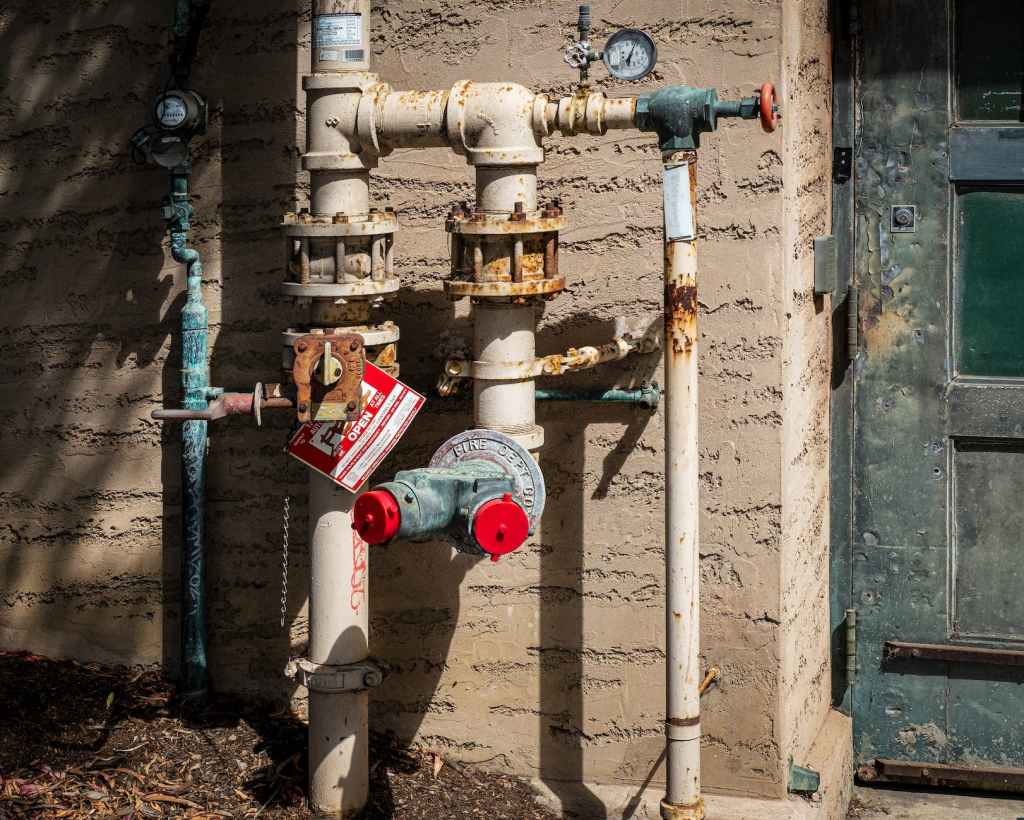When it comes to keeping your home comfortable and energy-efficient, insulation plays a crucial role. However, with so many options available, it can be challenging to determine the best type of insulation for your exterior walls. In this article, I’ll guide you through the different types of insulation on the market and provide insight into which one can provide the most significant energy efficiency and comfort for your home.
Key Takeaways:
- Choosing the right insulation for your exterior walls can improve energy efficiency and comfort in your home.
- Common types of exterior wall insulation include fiberglass, cellulose, spray foam, and rigid foam.
- The best insulation for your home will depend on various factors such as R-value, moisture resistance, installation requirements, and potential for air leakage.
- Proper insulation can help reduce energy bills and lower the carbon footprint of your home.
- Consulting with an insulation professional can help you make the best decision for your home and budget.
Understanding Different Types of Exterior Wall Insulation
When it comes to insulating your exterior walls, there are several different types of insulation to choose from. Each type has its own advantages, disadvantages, and suitability for different climates and budgets. Here, I’ll take you through the most commonly used types of insulation:
Fiberglass Insulation
Fiberglass insulation is one of the most popular types of insulation for exterior walls. It’s made from tiny glass fibers and is available in batts or blown-in form. Fiberglass insulation is affordable, easy to install, and has good thermal resistance. However, it’s not the best at blocking air leakage and can cause irritation if it comes into contact with the skin, so proper protective gear is necessary during installation.
Cellulose Insulation
Cellulose insulation is made from recycled paper products and is available in blown-in form. It provides excellent thermal resistance and is more effective at blocking air leakage compared to fiberglass insulation. Cellulose insulation is also eco-friendly and safe to handle. However, it’s prone to settling over time, which can reduce its effectiveness and may need periodic checks and top-ups.
Spray Foam Insulation
Spray foam insulation is made from polyurethane and is applied using specialized equipment. It provides excellent thermal resistance and creates an airtight seal when installed, which can significantly reduce heating and cooling costs. However, spray foam insulation is more expensive than other types of insulation, requires professional installation, and can expand excessively or shrink if not applied correctly.
Rigid Foam Insulation
Rigid foam insulation is made from polystyrene, polyisocyanurate, or polyurethane and is available in board form. It provides excellent thermal resistance and is an effective air barrier. Rigid foam insulation is also lightweight, easy to install, and can be used to insulate irregularly shaped areas. However, it’s more expensive than fiberglass or cellulose insulation and may require added protective layers for fire safety.
At the end of the day, the best insulation for your exterior walls ultimately depends on your specific needs, climate, and budget. It’s always wise to consult with a professional contractor or insulation expert before making a final decision.
Choosing the Best Insulation for Your Exterior Walls
When it comes to exterior wall insulation, the type you choose can make a significant difference in your home’s energy efficiency and comfort. To ensure you select the best insulation for your particular needs, consider the following factors:
R-Value
The R-value measures an insulation material’s ability to resist heat flow. The higher the R-value, the better the insulation’s thermal performance. Fiberglass and cellulose typically have lower R-values than spray foam and rigid foam. However, keep in mind that the insulation’s thickness and density also play a role in the R-value.
Moisture Resistance
Exterior wall insulation must be able to resist moisture to prevent mold and rot from developing. Spray foam insulation is an excellent moisture barrier, while fiberglass and cellulose can be treated with coatings to enhance their moisture resistance.
Installation Requirements
Some insulation types, like spray foam, require professional installation, while others such as fiberglass and cellulose can be installed by homeowners. Keep in mind that the installation process can impact the insulation’s performance and overall energy efficiency.
Potential for Air Leakage
Air leakage is a common issue that can compromise your exterior wall insulation’s performance and energy efficiency. To prevent air leaks, you need to choose an insulation type that can create a tight seal. Spray foam insulation is the best option for preventing air leaks.
By taking these factors into account, you can choose the best insulation for your exterior walls that will provide optimal energy efficiency and comfort for your home.
Conclusion
So, there you have it – a comprehensive guide to choosing the best insulation for your exterior walls. As we’ve seen, there are various types of insulation available, each with its own unique advantages and disadvantages. The key is to consider factors such as R-value, moisture resistance, installation requirements, and potential air leakage when selecting your insulation.
By making an informed decision, you can not only improve the energy efficiency of your home but also enhance your overall comfort. Remember, a cozy living space is within reach!
Thank you for taking the time to read this article. I hope you found it informative and helpful. If you have any questions or comments, please feel free to reach out to me. Happy insulating!
FAQ
Which insulation is best for exterior walls?
The best insulation for exterior walls depends on several factors such as climate, budget, and personal preference. However, some popular options include fiberglass, cellulose, spray foam, and rigid foam insulation.
What are the advantages of fiberglass insulation for exterior walls?
Fiberglass insulation is affordable, easy to install, and widely available. It provides good thermal performance, reduces noise transmission, and is resistant to moisture and mold.
What are the disadvantages of cellulose insulation for exterior walls?
Cellulose insulation, made from recycled paper, is highly effective at reducing energy loss. However, it can be more challenging to install than other insulation types and may require professional assistance.
Is spray foam insulation suitable for all climates?
Spray foam insulation is versatile and can be used in various climates. Its ability to expand and fill gaps provides excellent air sealing properties, making it ideal for both hot and cold regions.
What is the R-value of rigid foam insulation?
Rigid foam insulation typically has a high R-value, ranging from 4 to 8 per inch. This high thermal resistance makes it an effective choice for improving energy efficiency in exterior walls.
How important is moisture resistance in exterior wall insulation?
Moisture resistance is crucial for exterior wall insulation as it helps prevent water infiltration that can lead to mold growth and structural damage. Look for insulation with built-in moisture barriers or consider adding a separate vapor barrier.
Are there any specific installation requirements for exterior wall insulation?
Yes, the installation requirements for exterior wall insulation can vary depending on the type of insulation chosen. It is essential to follow manufacturer guidelines and local building codes to ensure proper installation and optimal performance.
Does insulation in exterior walls reduce air leakage?
Yes, insulation in exterior walls can help reduce air leakage, improving energy efficiency and indoor comfort. However, it is crucial to ensure proper installation and sealing of any gaps or cracks to maximize the effectiveness of the insulation.
















Leave a comment